|
By Jessica Rath One of Abiquiú’s attractive aspects is the Rio Chama. When I still lived in Berkeley/California and I told my friends that I was planning to move to New Mexico, I was met with shocked disbelief: “What? You’re moving to the desert???” When, in fact, I ended up living right by this beautiful river. And a lake not far away. In the summer, people go swimming, kayaking, sailing, motorboating – and there’s one other exciting way to enjoy the Chama: river rafting. Going down the scenic canyon of the lower part of the river, between the Christ In The Desert Monastery and the Big Eddy take-out, people can enjoy a day of easy to moderate whitewater rafting, perfect for the whole family. New Wave Rafting offers trips on the Chama, and the owner, Britt Runyon, just got back from Roatan/Honduras where he spends the winter months as a scuba diver instructor. He kindly took the time to talk to me about his passion for everything related to water. In addition, he’s an accomplished photographer, you can find his work at brittrunyonimages.com and on Flickr. Britt grew up on a ranch in Texas and spent as much time as possible outdoors. He was about twelve years old when he took his first river trip: with the Boy Scouts, he explored the National Parks of Arkansas and Missouri, doing canoe trips. In the summers, he taught canoeing and white water techniques as a teenager. He went to college, got a degree in nursing, and became a trauma nurse specialist which allowed him to work as a trauma nurse in the winter, and in the summers he could do rafting. “That's how it worked for the last forty-something years,” Britt told me. “Except for my nursing career, which I did for about 20 years in the 80s and 90s, everything I've done in my life has to do with water. I was a lifeguard, belonged to a dive team, joined swim teams –whatever I did always had something to do with water. About 30 years ago, I became a scuba instructor. So, water again. For the past, oh, I don't know how many years, I spent the winter in the tropics, teaching scuba diving, rescue diving, and things like that.” Britt moved to New Mexico in the 1980s and started taking people rafting on the Rio Grande and the Rio Chama. He joined a company which was started by Steve and Kathy Miller in 1980 and when they eventually wanted to retire Britt bought the company from them and now runs New Wave Rafting which is currently in its 45th year. “You must have been one of the earliest rafting companies in northern New Mexico,” I asked Britt. “Yeah, Los Rios and Far Flung Adventures probably were the first. But we were part of the original three that started in 1980,” Britt told me. What an impressive legacy. I’ve taken a few whitewater rafting trips, the first one in the early 1990s in northern California. When I looked at some of the pictures on New Wave Rafting’s website, I noticed the many safety features: there are handles on the rafts where people can hold on to when it gets quite rough, people wear helmets, wetsuits, and safety jackets. Except for the jackets this was all new to me. I asked Britt about this – are there any regulations? “We bring in all the safety items that we can to ensure that people get back to their car safely and have a good time,” Britt explained. “Not all companies provide helmets or handles. It's not necessarily required by the Forest Service or the BLM. We belong to the New Mexico River Outfitters Association, which includes the seven companies that run this river. We have our own safety protocols, and we require the use of helmets at certain river levels for those that are in the association. It’s a really good, workable, cohesive group of outfitters that try and keep the standards here in New Mexico up with the standards that are being set across the nation or in Colorado and California.” Listening to Britt brought back memories of my first rafting trip, going down some really wild sections of whitewater. Trying to stay on the raft, not losing balance, and following the instructions that the guide shouted, required so much concentration that everything else fell away. I didn't remember my name anymore or who I was, and that intensity felt incredible. All one had to do was to be really in that one moment, and that was simply fascinating. I asked Britt about this. His answer wasn’t surprising. “For me, that's the beauty of the job. It's a cliche to say ‘If you love what you do for a living, you never work a day in your life’, right? Well, when I'm out there on the water the world goes away, and you're just in that moment with your guests, you get to know them and it's just all right there. There's nothing else happening anywhere else in your life. So, yeah, that's very true, especially for people who make a living out of guiding others, either climbing or rafting or whatever.” “It helps me to be in the moment, to be right here, instead of worrying about some future problem. About 80% of the things we worry about never occur. So it helps free all that energy up and just be right here and dealing with what's happening at the moment.” Britt continued. “I would say the majority of our people, when they step off the raft at the end, they've had an experience that has taken them out of their reality, and put them into the environment, right? And our commentary, what we talk about, can bring them to that spot as well. If you talk about what's happening with the water, for example. I teach my guides to try and educate people on water use or the problems we have with water these days. We’ve been here for something like forty years,and we see the difference in the river compared to what it was forty years ago.” Britt explained: “The snow pack is not as good as it was. So we're getting less snow, we're drying out a little, New Mexico is in a drought. I don't know how bad it is right now. And then there is the pollution of the river from runoff. There's no industry or anything dumping in either of the two rivers, the Chama or the Rio Grande, so they're fairly clean, but there is agricultural runoff. People are spraying pesticides and herbicides, and then when it runs off it goes into the rivers. And that changes the quality of the water, and so I'm seeing less insects in the water. They're still there, but not in the numbers that we used to see in the 80s. With less aquatic bugs, you have less fish because they live on eating those bugs. There’s a decrease in water volumes and the quality of the water is changing, and that, of course, affects everything, the whole environment, people's health, and other animals. It is just so crucial.” I never thought that river rafting could be an educational tool where people can learn about water and its effects on the environment. I was impressed. “Every May 1, I teach a guide training program for people who want to just learn how to raft,” Britt continued. “Some of them do it because they want to buy their own raft, and some of them do it because they want a job as a guide. The education of the public is huge in my program. Not only do you have to get them safely from point A to point B, you need to educate them about the environment, the outdoors, where they are – even geology! What’s that mountain made of? So for me in my group, education of the public is huge, because water, as we all know, water is life, and so we're stewards for water.” What a great attitude. How many people are working for you, how many guides do you have, I wanted to know. “Well, you know, it depends on the season,” Britt answered. “It ranges anywhere from ten guides to up to something like 25. Since the pandemic business has not been as good as it was pre pandemic, for whatever reason. But we are not a large company. We pride ourselves on being a small, boutique-ish kind of company. We don't run big school buses. We run people in air conditioned vans. We try to provide a more personal touch than what they call cattle car companies, where they load up lots of people and ship them down there and then ship them back when they're done. We do smaller, more personal trips. During the pandemic we were even doing private trips where you could just have your own boat. And I've been doing that since then, where people have a family of four and they just want to float by themselves, and that's okay. I'm really focused on small family groups and providing a very personable, almost private, experience.” I remembered that the water level of the Chama wasn't always the same, because they would sometimes just turn the water off. During weekdays there was much less water in the river. How does that affect the rafting business, I asked Britt. “Well, water is a commodity. That water in the canyon where we raft is owned by someone downstream. And so they regulate that water coming out of El Vado based on irrigation demands downstream. Twenty years ago, I forget exactly how long ago it was, we couldn't rely on water to be there when we were going to do a river trip. But now the Corps of Engineers regulates the dam. On certain weekends during the summer, they guarantee us what they call recreational water, and so they will release enough water for us to raft on Saturday and Sunday. But that's not the case with the Rio Grande which is flowing all the time, because there's no dams upstream.” Next, I asked a silly question, which of the two rivers is more popular? Where do you have more customers? Britt answered patiently, and if I would have thought for a moment before asking, I should have known what he pointed out. “Well, the Rio Grande is probably the most popular because so many people are around the Taos area, like Red River and Angel Fire. Those are huge summer destinations. Also, the white water is better on the Rio Grande than it is on the Rio Chama. People want to experience the white water. The Chama is a very scenic river and it's got a few rapids on it. They're like class two, class three, which is moderate or easy to moderate. So it's a great family thing, or it’s for those who just want to experience the scenery.” I remember that they offered two-day trips, and they would camp somewhere overnight. Do you still do that, I asked Britt. “We did this for around thirty years, and then we decided not to do overnight trips any more, and just offer half day and full day trips on both rivers," Britt explained. “I find that the bigger you get, the less control you have over the quality of your business. Another reason, I don't like big companies with buses and stuff, and so bringing things down to two rivers just doing half days and full day trips, then you can stay in control of what you're providing. For a few years, back in the 90s, we had a permit in Colorado to go rafting up there, and so we did trips in Colorado as well. We had permits in Arizona to do trips. And so we were all scattered. It just wasn't working. We couldn’t keep our quality up to what we thought we should have. So we didn't. We stopped in Arizona, we stopped in Colorado, and so we just focus right here, so that we can actually stay on top of everything.” Britt had mentioned that in the winter when there isn't any rafting business in New Mexico, he is an instructor for scuba diving. I wanted to learn more about this, where does he go and what does he do? “There's an island called Roatán. It’s off the coast of Honduras, in Central America. That's where I've gone lately, but I've done scuba diving all over the world, just like I've rafted all over the world,” Britt told me. “For example, I went to Australia, to the Great Barrier Reef for scuba diving. I did most of my training in Australia, for my education for scuba, also around Thailand and Timor. It's called the Timor Sea. I worked on research vessels doing research work on what was happening with the coral, why the reefs were dying, some 20 years ago, that’s when I saw it happen. So now it's here. So I was kind of at the beginning of all the research to figure out why the coral was bleaching out.” Britt told me about ways to help the dying coral reefs:
“Last winter on Roatan, I did a lot of what is called coral gardening, where we harvest it. You plant coral pieces in your little coral garden, and it grows, and then you replant it someplace else, but it's like spitting in the ocean. You wonder – what kind of effect does it have? Maybe I'm a little jaded, but it's just not enough, right?” That's what I figured too when I read about the decline of tropical coral reefs and the warnings that the Great Barrier Reef near Australia is turning into a graveyard. But I'm sure it's a good thing to do, nevertheless. Britt agreed. “It helps the person who's actually doing it, they feel good about themselves, doing their part for the environment. And that's so important.” I could have listened much longer to Britt, I’m sure he has an endless supply of adventure stories he could share from his exciting life. What stayed with me most is his love for his work – he enjoys every moment of it. What a satisfying life. Thank you, Britt, for spending some time with me.
2 Comments
Robin
4/11/2025 10:33:53 am
Thank you Jessica. I always enjoy your thoughtful and curious interviews of all us local folks!
Reply
Jessica Rath
4/25/2025 06:44:39 am
What a nice thing to say, Robin! Sorry, I didn't see your comment until now; thank you!
Reply
Your comment will be posted after it is approved.
Leave a Reply. |
Submit your ideas for local feature articles
Profiles Gardening Recipes Observations Birding Essays Hiking AuthorsYou! Archives
October 2025
Categories
All
|
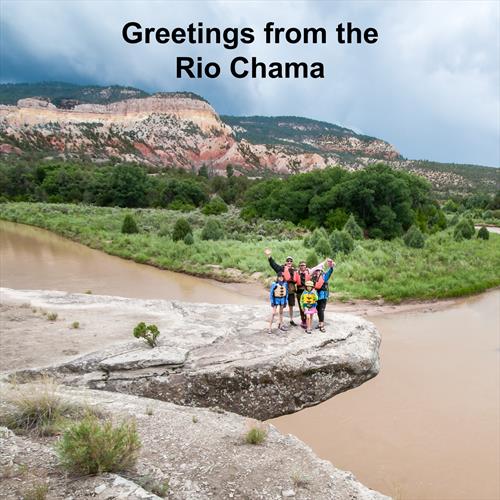

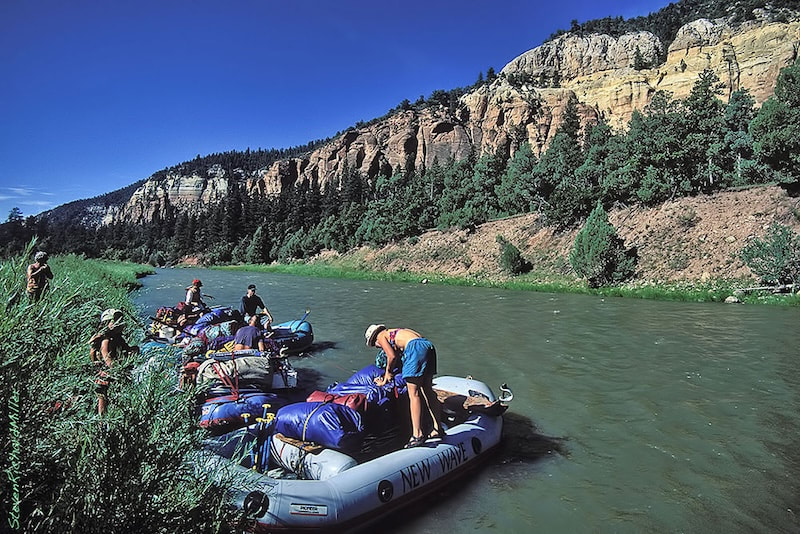
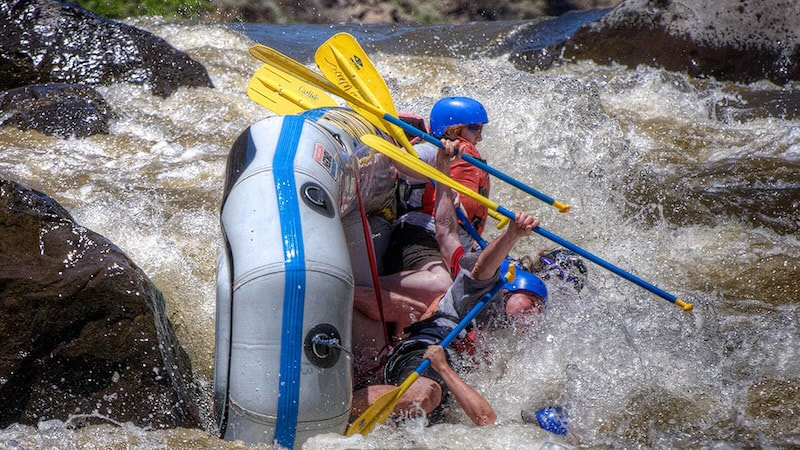
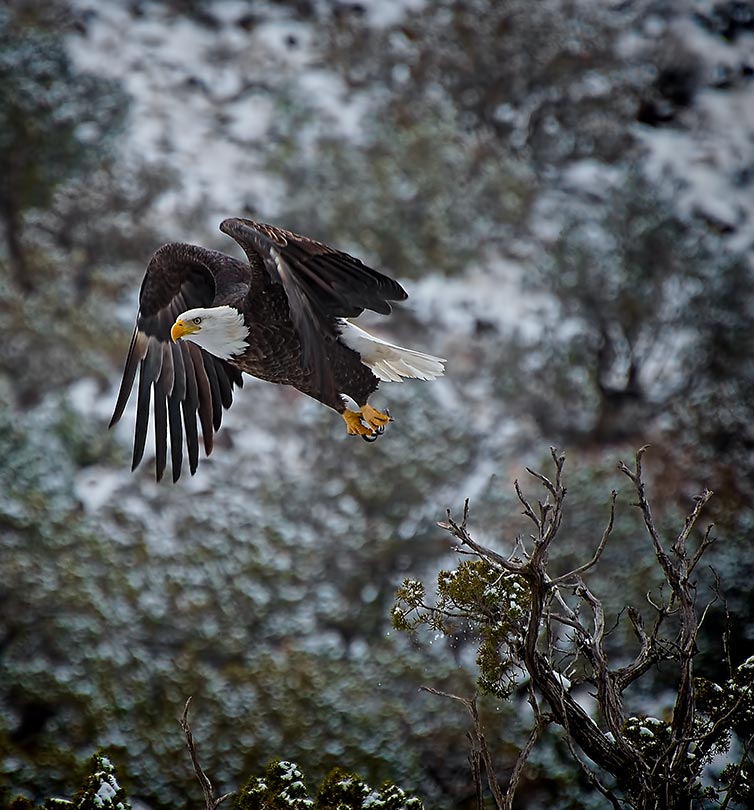
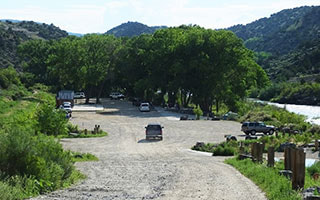
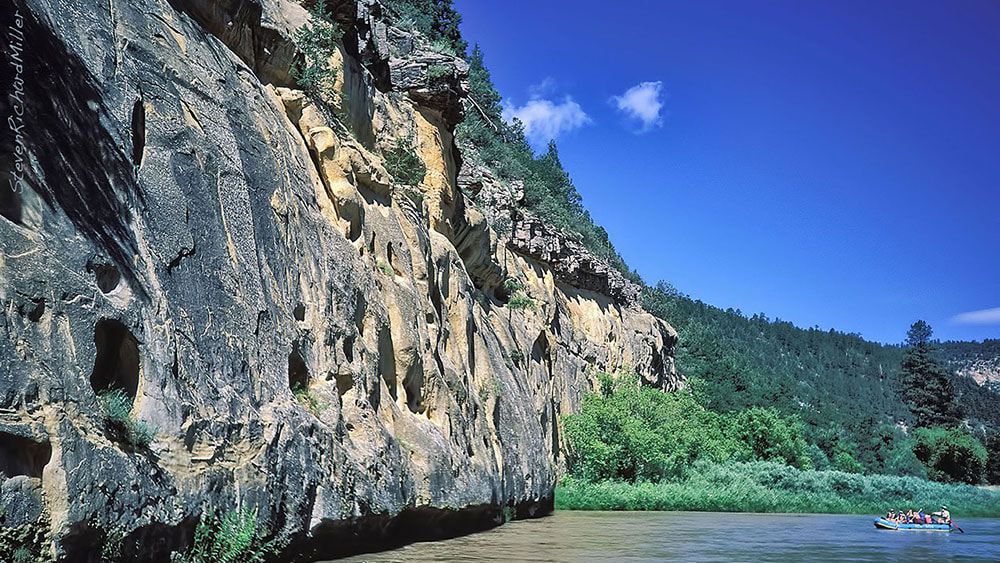
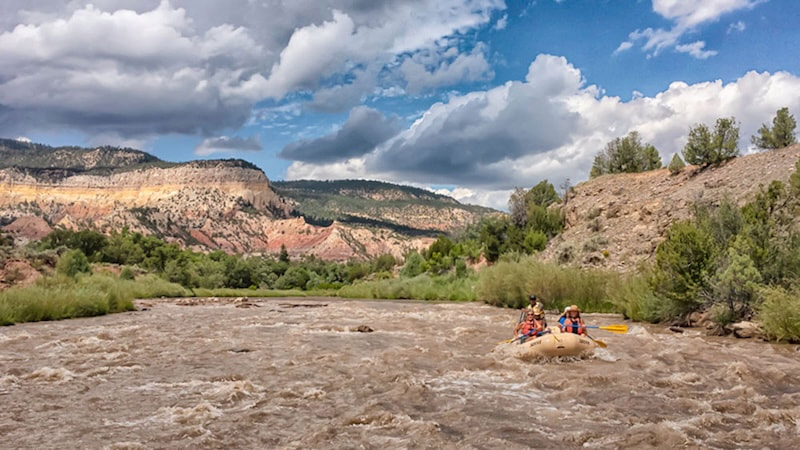
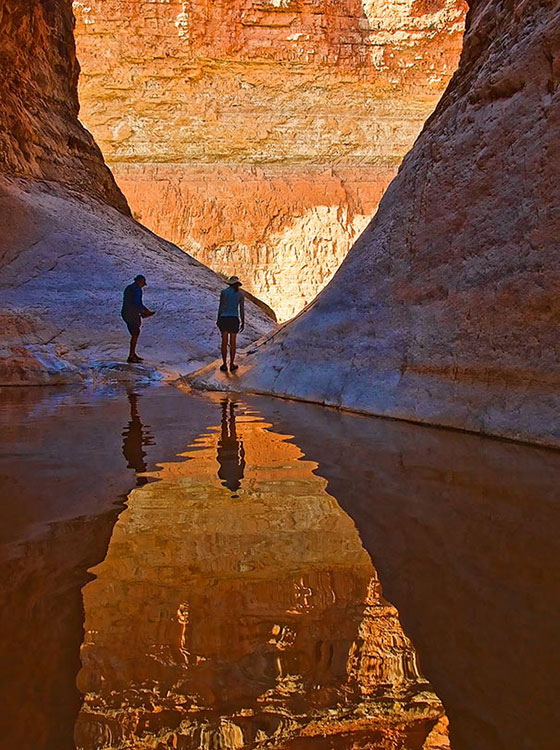
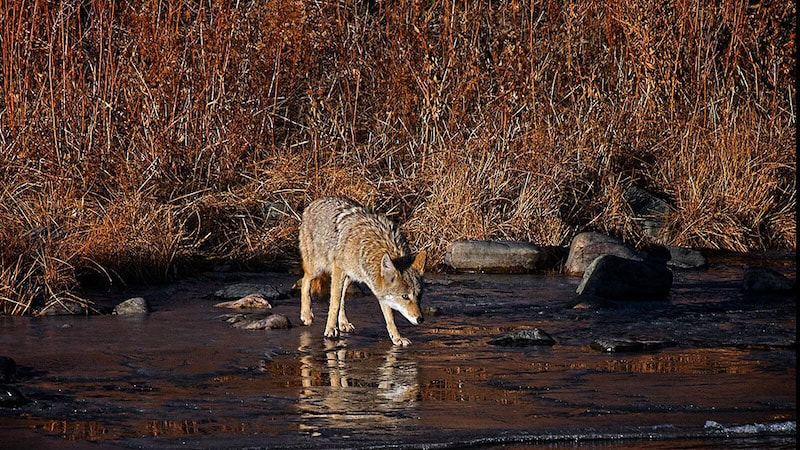
 RSS Feed
RSS Feed